Ensuring the work of the air defense system on low-flying targets without involving Air Force aviation
Climb higher
One option is to place the radar on a lifting mast device (PMU). If we place the radar at an altitude of 15 meters, then the visibility range of the aircraft (LA) moving at an altitude of 50 meters above the surface will be 41 km. Increasing the height of the PMU to 50 meters will increase the theoretical visibility range by only 13 km (to 54 km), while the complexity and bulkiness of such equipment will grow to a much greater degree.
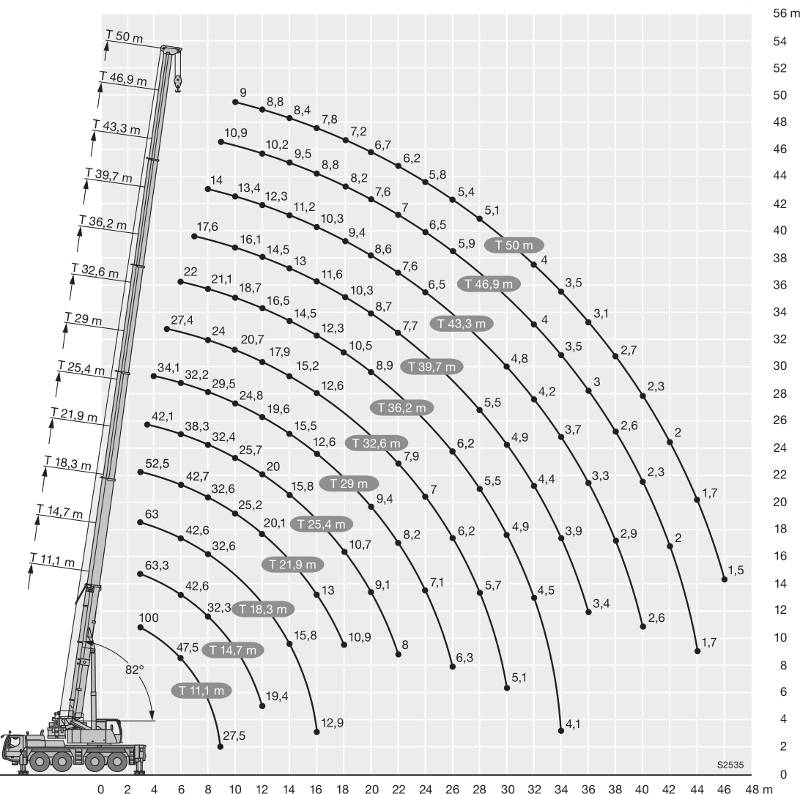
It would seem quite normal for short-range air defense systems of the Pantsir-SM type? But in practice, uneven terrain, forests, buildings and other natural and artificial obstacles will reduce this value several times.
What is the minimum height necessary to raise the radar in order to ensure the detection of low-flying targets?
The height to which the detection means must be raised to compensate for the irregularities of the terrain may vary in each particular case. In most cases, the elevation difference in the flat territory of Russia within the 100-200 km range is no more than 100-200 meters. In mountainous areas, the difference can be significantly greater, and it is difficult to specify a specific value.
Conventionally for short-range SAM systems (up to 40-50 km), you can take the height necessary to compensate for uneven terrain in 100 meters; for medium-range SAM systems (up to 50-150 km), the height necessary for compensating uneven terrain will be 200 meters.
Thus, the minimum height of radar placement for detecting low-flying targets for short-range SAM systems is about 200 meters, for medium-range SAM systems, about 700 meters. The height of the radar to ensure over-the-horizon long-range air defense systems should be comparable to the altitude of the DRLO aircraft, of the order of 10 000 m, in this case the terrain plays a significantly smaller value.
These heights make the use of the PMU impossible, but there are several other ways to “look beyond the horizon”.
Aerostat radar
One of such methods is the use of balloons. In the USA, the JLENS project is being implemented. The project provides for the deployment of radar and optical reconnaissance equipment on aerostats fixed in certain points of the country and intended to detect low-flying cruise missiles. The height of the balloons is 3 - 4,5 km, the payload mass is about three tons. The detection range of aerial targets should be of the order of 550 km, ground targets of the order of 225 km. In addition to detection, the JLENS balloon should provide over-the-horizon target designation for ground-to-air missiles. To hold the balloon in position and data exchange, it is supposed to use a cable that includes power supply cables and fiber-optic data transmission cables in a carbon braid.
Within the framework of the task we are considering, this project has several drawbacks: the balloon is not very convenient for permanent movement by vehicles and, if possible, should be tied to a certain point, which excludes the possibility of changing positions with mobile air defense systems and is unacceptable. In addition, the huge size of the balloon (length over 70 meters) can theoretically interfere with its operation in strong gusty winds.
On the other hand, the concept itself is quite promising. Placed on aero radars, radar can cover stationary objects from low-flying EHVs, primarily such as intercontinental ballistic missile (ICBM) mines, submarine bases, ballistic missile carriers, strategic bombers' aerodromes, nuclear power plants and other critical elements of the country's armed forces and infrastructure. .
Thus, despite the fact that aerostats are not the optimal means for providing air defense systems with the possibility of hitting targets beyond the horizon line, they can play an important role in covering particularly important stationary objects from a sudden strike by low-flying enemy EHVs. Their main advantage is the possibility of quasi-continuous stay in the air without significant costs of fuel and electricity.
In Russia, such balloons are developed by RosAeroSystems. In particular, it is possible to consider a high-volume tethered balloon “PUMA”. The Puma balloon was designed as a radar carrier for round-the-clock radar surveillance from altitudes up to 5 km during 30 days without landing.
Estimated radius of detection and tracking of air targets will be 300-350 km. The balloon must withstand hurricane winds up to 46 m / s and direct lightning strikes. The balloon is held by cable-rope during ascent, descent and parking at working height, it also provides power supply for on-board systems and payload with power up to 40 kW, as well as lightning and static electricity. The payload of the PUMA balloon is up to 2250 kg.
Apparently, the Russian armed forces are working on this direction:
The case of the concern Almaz-Antey, it is necessary that the balloons and airships could not only warn about the threat of air attack, but also direct anti-aircraft guided missiles (SAM), equipped with an active radar homing head (ARGSN), at the identified targets.
Quadcopters and other unmanned aerial vehicles (UAVs) vertical takeoff and landing
Let's return to the air defense system. To begin with, we will consider short-range and medium-range air defense systems, for which it is required to raise the radar to a height of 200 and 700 meters, respectively.
At the beginning of 2018, Boeing introduced a prototype of an electric unmanned quadcopter cargo aircraft. This UAV is designed for testing and debugging the technologies necessary for the creation of next-generation cargo and passenger aircraft. The length of the experienced UAV 4,57 meter, the width of the 5,49 meter, the height of the 1,22 meter, the weight, including the weight of the batteries, is 339 kilograms. Payload - up to 226 kg. The design includes four electric motors with eight rotors.
Boeing company's quadcopter presentation
Electric quadcopters-UAVs can be an effective solution for detecting low-flying EAS for land and sea-based air defense missile systems.
Electric quadcopter-UAV should be placed on the vehicle carrier, there should also be placed a diesel generator set (DGU) to provide the UAV with electricity. Unfortunately, the power of the electric motors of the experienced quadcopter, battery charging time and flight time are unknown at this time.
Two options can be considered:
- in the first variant, there are no rechargeable batteries needed to maintain long flight, power supply is provided from the carrier vehicle, there is only a small backup battery for emergency landing of the UAV, presumably, this option can be considered optimal;
- the second option can be used if the weight of the cable required to supply the necessary power to the quadcopter is too large, in this case the batteries or supercapacitors (ionistors) with a fast charging function should be placed on the quadcopter.
To ensure the continuity of staying in the air for four short-range air defense systems, at least two carrier vehicles with UAVs are necessary. The time the UAV is in the air will be limited only by the availability of fuel for a diesel generator set.
Instead of an electric quadcopter, a UAV can be implemented on the basis of gasoline or diesel piston engines. In Russia, SKYF Technology is engaged in the development and production of such solutions, offering a SKYF vertical takeoff and landing UAV to a customer. At the moment, the SKYF UAV payload capacity is 250 kilogram with the prospect of increasing to 400 kilogram. The height of the flight of the UAV to 3000 meters.
Flight demonstration SKYF UAV
Presentation SKYF UAV
Earlier, Horizont was announced by the Horizon Air S-100 helicopter type UAV with a circular review radar based on the Austrian Schiebel Camcopter S-100. Mounted on this UAV radar circular review "Hummingbird", installed in the bottom of the fuselage, is being developed in conjunction with the Moscow "Research Institute of Radio Physics." The total mass of radar equipment should be no more than 6,5 kg, the required range in the circular view mode (UAV hang) is not less than 200 km, in the mode of the synthesized aperture not less than 20 km.
The payload of this UAV is too small (35 kg) in order to accommodate a radar with acceptable characteristics, which may be interesting as a concept. Continuous hours in the air 6.
The given examples of quadcopters-UAVs cannot be directly involved in the placement of the radar, since they have a relatively modest payload, but there is no doubt that their designs will be actively developed and improved. First of all, it is related to electric quadrocopters-UAVs.
The main requirements for a quadcopter type UAV or a helicopter type UAV-DRLO type should be high reliability and the possibility of long-term stay in the air, ensuring the specified flight performance (LTH), as well as high operating life and low flight hour.
High altitude UAV
For long-range UAVs, a vertical take-off and landing UAV will no longer be an effective and sufficient reconnaissance tool, since the radar placement height, in order to achieve a range of about 400 km, must exceed 10 000 meters.
Supposedly, as a flying radar for long-range air defense missile systems, UAVs of long duration, aircraft type, medium or long dimension can be used.
One of the candidates for the role of promising drone-DRLO can become an Altair UAV with a take-off weight of 5 tons and a payload of 1-2 tons. This UAV is being created as part of the Altius-M research project at the Sokol Design Bureau (Kazan) together with the Transas company. The duration of its flight should be up to 48 hours, the flight range is 10 km. In 000, the Altair UAV program was transferred to the Ural Plant of Civil aviation"(UZGA). Altair UAV flight tests should begin in 2019.
Devices of this type are being developed in other countries. In particular, the Chinese company CETC is developing a JY-300 UAV. A medium-sized device should become a carrier of conformal antennas and serve as an AWED unmanned vehicle. According to preliminary data, the JY-300 UAV has a take-off weight of about 1300 kg and can carry 400 kg of payload. He is able to fly for up to 12 hours, at altitudes up to 7,6 km. Built in the design of this drone radar should allow the detection of air and sea targets at long distances.
Russian medium and large-sized UAVs are plagued by many problems, including the lack of compact, powerful and economical domestic engines, the absence of modern avionics. One of the most important problems is the lack of high-speed channels of satellite data transmission with global reach, allowing the UAV to be managed and to receive intelligence information from it at a great distance from the basing point.
The use of a DRLO UAV with a long flight duration does not require the presence of such channels. In general terms, the operation of a long-range air defense system of a long-range UAV can look like this:
The long-range UAV DRLO takes off from the airfield and goes into the patrol zone over the positions of the echelon air defense. All information from it comes to the long-range air defense system operators, and further, through the command and control point to the other air defense system operators that are part of the united echelon air defense system. The flight of the UAV should be carried out mostly in automatic mode on a given trajectory. One long-range air defense system should include two DRLO UAVs. In this case, they can shift their duty in shifts over the position of the air defense missile system with a duration of 36-48 hours, depending on the distance of the home airfield.
The requirements for long-range UAV DRLOs are the same as for UAVs for short- and medium-range air defense missile systems - high operational life and low flight hour costs.
The question may arise: the title of the article refers to the work of the air defense system on low-flying targets without involving Air Force aircraft, while the UAV of a long duration of flight clearly refers to aviation. Here the question is rather in departmental affiliation. In the United States, by agreement of Johnson-McConnell between the army and the Air Force, helicopters do not belong to the Air Force and are directly subordinate to the US Army and act in its interests (the division of aircraft in the United States between the army and the Air Force is well written here). So our case, the fact that the UAV refers to a specific air defense missile system will not allow the use of its air force for other purposes.
Echelon air defense with drone drone
The use of a quadrocopter type DRLO UAV and a long duration DFLO UAV will allow you to create a dense radar terrain coverage and ensure target targeting to missiles with ARGSN and IR GOS at maximum range.
Presumably, two short-range air defense systems should have one car with a quadrocopter-type AWAC UAV or two cars for four air defense systems. The medium range air defense system should include two vehicles with a quadrocopter type UAV. Two long-range drone UAVs should relate to long-range air defense systems.
During the period of danger or in the event of the start of hostilities, long-flight UAVs must carry out continuous patrols over the positions of the air defense missile system. Quadrocopter-type UAVs from the short- and medium-range air defense missile systems should be on carrier vehicles in readiness for an immediate launch. If an air threat is detected, a quadrocopter type UAV should be launched within a few minutes.
The cost of the UAV itself and their flight time is traditionally significantly lower than the cost of manned aircraft and helicopters, which makes this task economically attractive. Technically, the proposed concept also contains no insurmountable problems.
For stationary objects of high importance can be used AEW balloons. In the case of air defense facilities equipped with airborne early warning balloons, UAVs of long duration are not required and can be excluded from the long-range air defense missile systems or can be on the airfield in readiness for departure as a backup reconnaissance and target designation tool.
UAV DRLO for fleet
Previously, only the use of UAVs in the interests of ground-based air defense systems was considered. But no less, and perhaps more important, is the use of a quadcopter-type UAV and a UAV with a long flight duration in the interests of air defense of naval ships fleet (Navy). Given the fact that we have no aircraft carriers and, accordingly, AWACS aircraft on them, modern Russian ships are poorly protected from air attacks, regardless of whatever air defense they were on, due to physical limitations on the detection range of low-flying targets.
The use of quadrocopter-type UAVs on ships of the Russian Navy will make it possible to significantly push the line of destruction of low-flying targets. And sending a UAV with a long duration and flight range to the area where the Navy ships are located will give them additional capabilities in reconnoitering the enemy forces and issuing target designation to the missile arms long range.
One cannot exclude the use of balloons and airships of AWACS in the interests of the Navy, especially since historical there are examples of the use of balloons by the Russian fleet.
Conclusions
Ground and surface defense without the possibility of attacking low-flying targets at a long distance will be crushed.
To solve this problem in the interests of short and medium range SAM systems, it is necessary to create a quadrocopter type DRLO UAV, preferably with power supply via cable from the carrier vehicle.
For long-range air defense systems it is necessary to intensify the development of long-duration UAV UAVs.
For stationary objects of high importance can be used AEW balloons.
All of the above-mentioned systems (quadrocopter type drone drone, long duration drone drone, and early warning drone) are of great importance for improving the efficiency and survival of not only ground-based air defense systems, but ships of the Russian Navy.
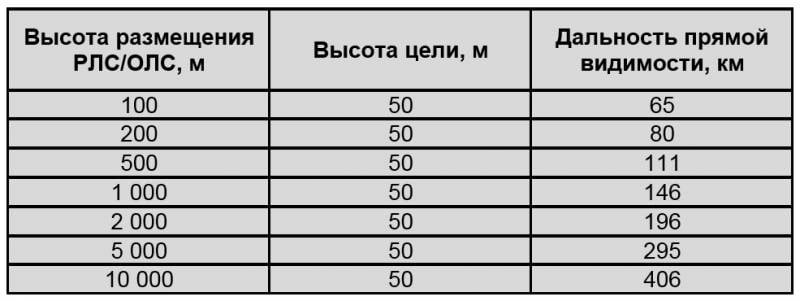
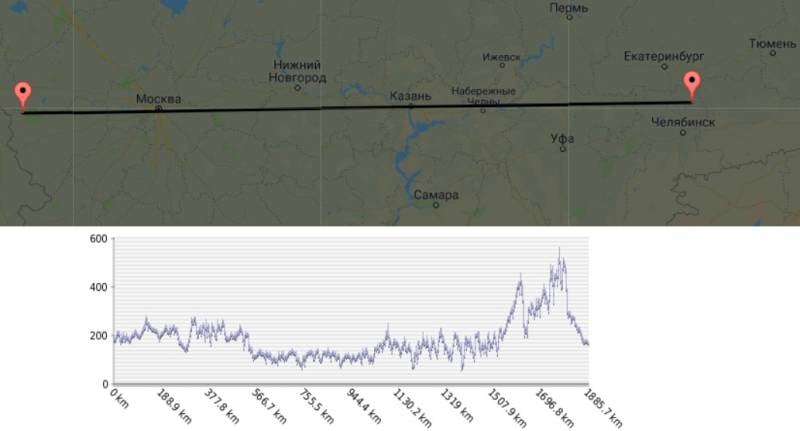
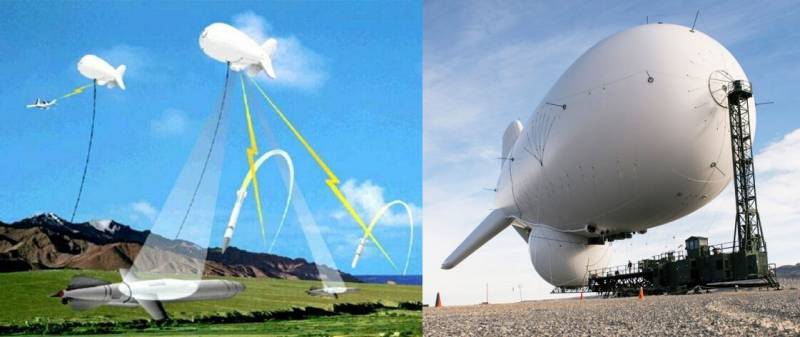
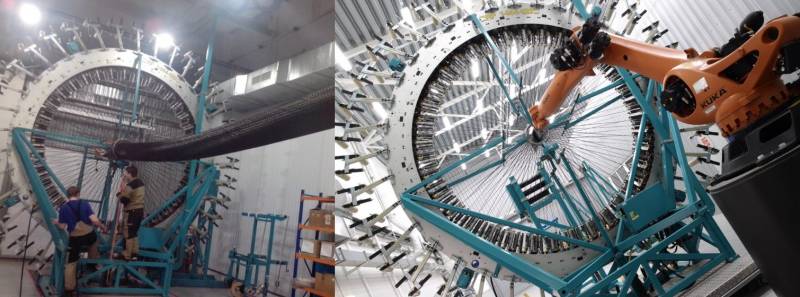

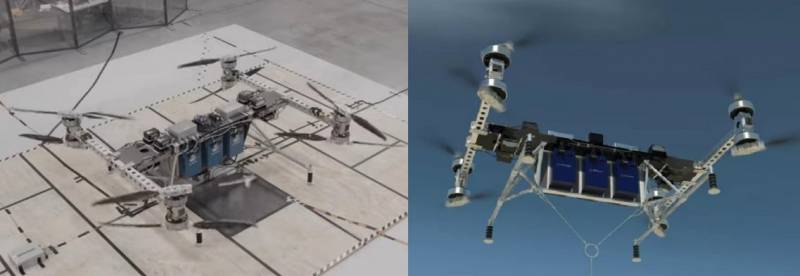
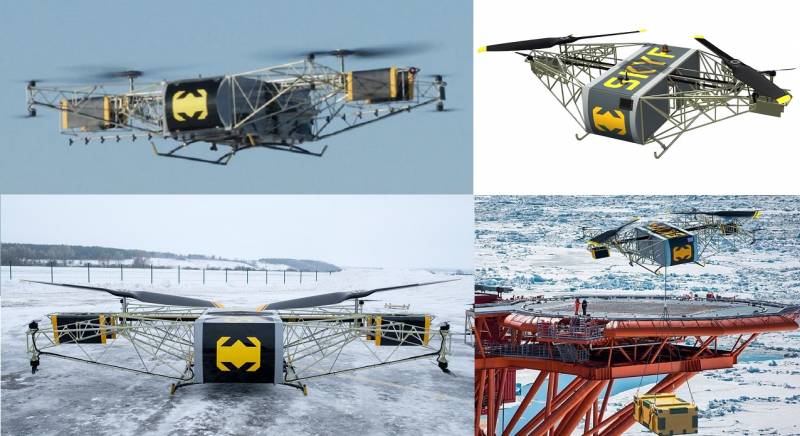

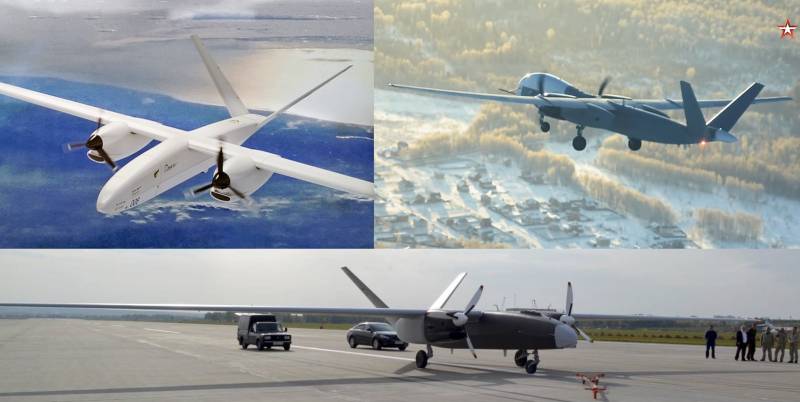
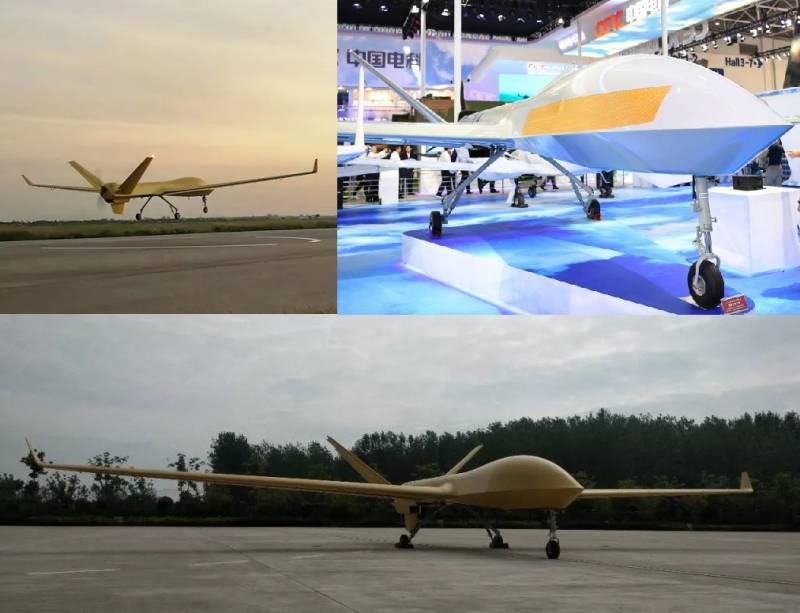
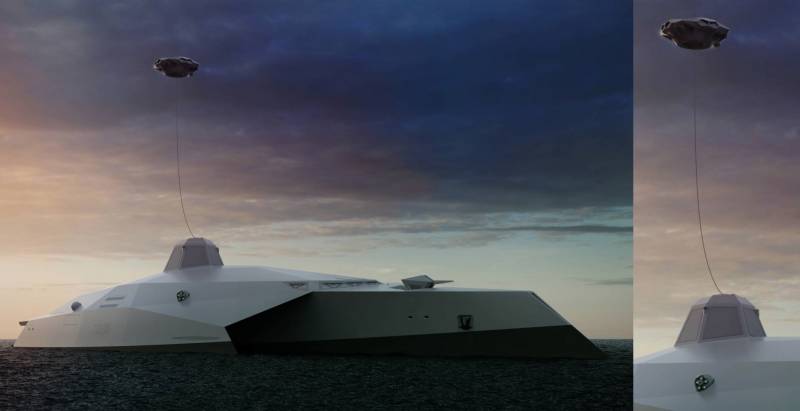
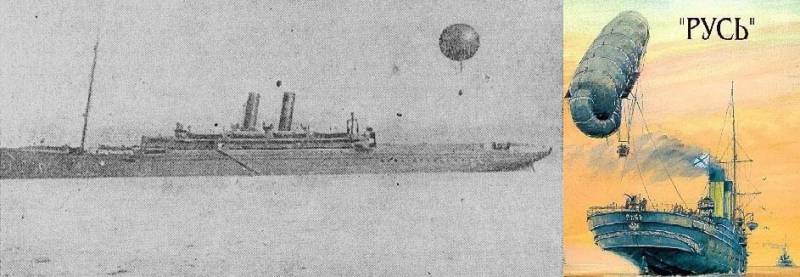
Information